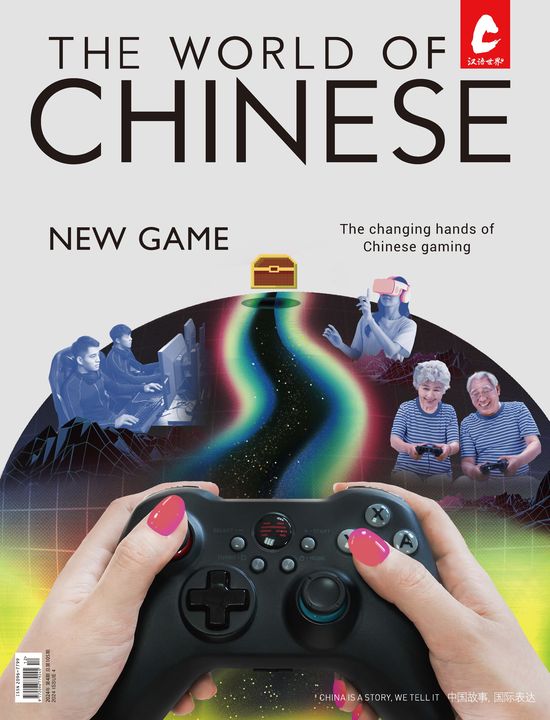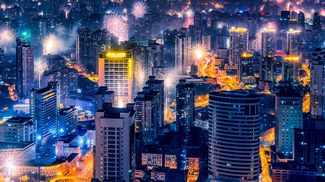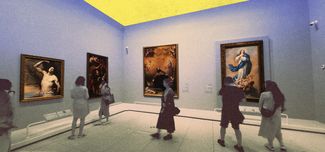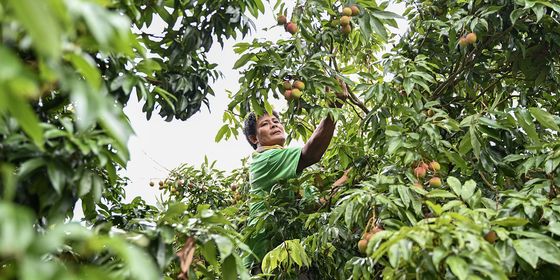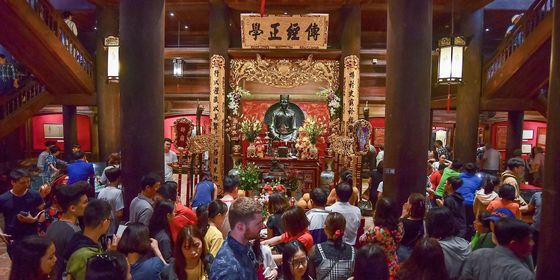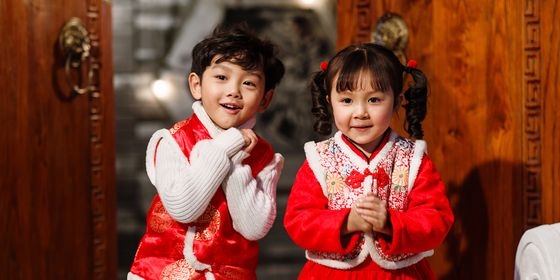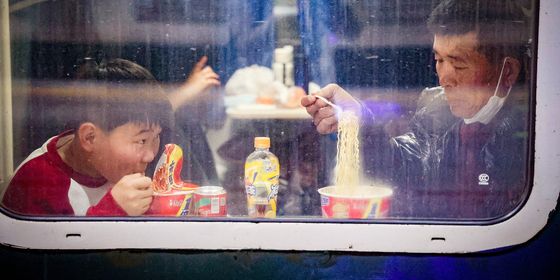Places made famous by contemporary folk songs
“I am willing to be a waterweed/ In the gentle flow of the River Cam,” Xu Zhimo wrote in her 1928 poem “On Leaving Cambridge Again,” prompting generations of Chinese tourists to visit a nondescript bridge behind King’s College in homage to the influential poet (and to the complete bafflement of Cambridge students).
Things haven’t changed much in nine decades, except that it’s now songs—specifically, a poetic genre known as minyao (民谣, folk song)—that are more likely to turn ordinary cities and landmarks into pilgrimage sites for “literary and artistic youth,” or wenqing (文青). Here is a list of Chinese and international destinations that have been crooned about in popular minyao (and a bonus itinerary for your next wenqing vacation):
Dali, Yunnan province
“Since you’re not happy and you dislike it here/ Why not go west all the way to Dali?”
Hao Yun’s ballad “Go to Dali” (《去大理》) was written for the 2014 road-trip movie Breakup Buddies. Today, the comedy is all but forgotten, but Dali authorities are cracking down on the explosion of hostels and bed-and-breakfasts in the area that the song is partly responsible for. The capital of ethnic Bai kingdoms from the 10th to 13th centuries (and bohemian haven in the early aughts), Dali is one of the most popular “old towns” in China, drawing over 47 million visitors in 2018 with its natural scenery, architecture, nightlife, and, possibly, Hao’s melancholic hope that “love is waiting beside Erhai Lake.”
Yulin Road, Chengdu
“Walking to the end of Yulin Road/ Sitting in front of the little bar’s door”
Any guitar-owning wenqing can probably strum along to Zhao Lei’s 2014 hit “Chengdu” (《成都》), named after the laid-back Sichuan capital, a gateway for backpackers en route to Tibet. Today, Yulin Road is lined with cozy drinking establishments, including the original Little Bar, where many indie musicians got their start in the late 90s and the aughts. Tourists come to take photos even during the daytime, and lines form long before opening, likely “not stopping even when all the lights have turned off.”
Anhe Bridge, Beijing
“Let me look at you again/ From south to north/ Like eyes that have been covered by the Fifth Ring Road”
This is a substantially less popular destination than the previous two, since the site in question is a rather boring suburban bridge at the end of Beijing Subway Line 4, with few other attractions around. Still, anecdotally, locals have grown used to seeing musical pilgrims stumble off the subway, asking for directions to the eponymous landmark from Song Dongye’s “Anhe Bridge” (《安河桥》), the title track to his 2013 album Anheqiao North—though maybe not in search of the summer that “like youth, will never return.”
Lake Baikal, Russia
“You are clear yet mysterious/ Like the bank of Lake Baikal”
Released in 2011, Li Jian’s “Lake Baikal” (《贝加尔湖畔》) rose to popularity when it was covered by a contestant on the third season of The Voice of China in 2014, and then performed by Li himself on the third season of I am a Singer in 2015. The accordion and balalaika-like string accompaniment is supposed to evoke Russian folk songs, and the Chinese make up the biggest group of international tourists to the Siberian lake—”where the spring wind intoxicates, where the green grass is like a carpet,” as per Li’s lyrics—with 36,000 visiting in January 2019 alone.
The People’s Square, Shanghai
“I’m eating fried chicken in the People’s Square/ Where are you right now?”
A Si’s 2013 earworm “I’m Eating Fried Chicken in the People’s Square” (《我在人民广场吃炸鸡》) has been covered many times, including by Jam Hsiao on talent show Sound of My Dream in 2016, and has inspired countless Shanghai tourists to take photos of themselves doing…well, exactly what the title says. Perhaps they’re “playing hard to get, but I’m too tired to care.”
Cover image from VCG
